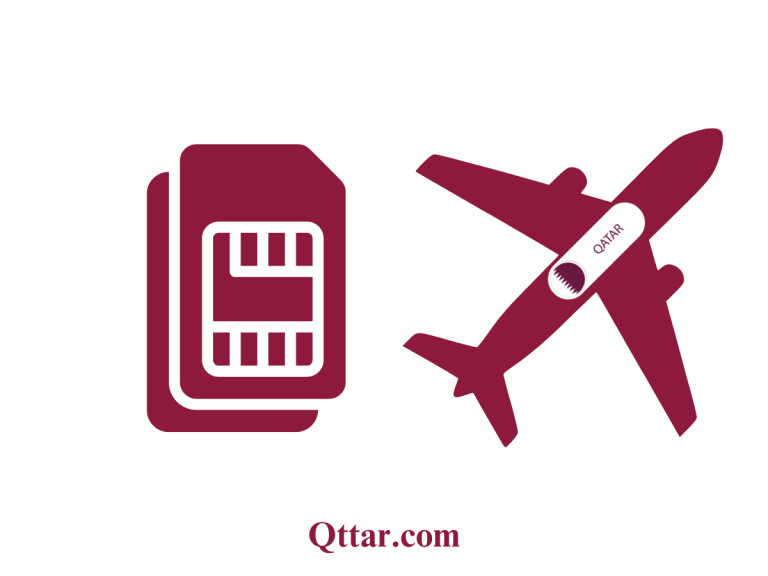Does The Bonus Percentage Change During Special Promotions?
Knowledge Of Bonus Percentages
A bonus percentage is the additional value a consumer gains during a promotional time on a purchase, deposit, or transaction. For instance, a 100% deposit bonus in online casinos means that, should a player deposit $100, they get an additional $100 to use. In retail, a bonus % could be a further shop credit on purchases. In the financial industries, too, such as credit card rewards or investment bonuses, it might indicate additional points or cash back gained during particular offers. The main lesson is that bonus percentages provide extra value for customers and companies utilize them deliberately to draw interaction.
The Variations In Bonus Percentages During Special Promotes
Businesses sometimes raise their bonus percentages in order to inspire involvement during special campaigns. For a holiday event, an online casino might raise its regular 50% deposit bonus to 150%. In a retail establishment, a Black Friday or Cyber Monday purchase could result in double cash back incentives. These variations aim to generate urgency and exclusiveness, motivating consumers to grab advantage of limited-time offerings. Industry standards, competition, and the financial viability of providing larger incentives all affect the degree of variation in bonus %.
The Functions Of Holiday And Seasonal Promotions
Holiday and seasonal promotions are among the most often occurring events where bonus percentages rise. Companies profit on times when customer expenditure is inevitably higher. For instance, many e-commerce sites and physical establishments boost their cashback offers, give more benefits to members of loyalty programs, or provide free extended warranties over the Christmas season. Similar jumps in bonus percentages for significant events like the Super Bowl, FIFA World Cup, or March Madness affect sectors like https://www.newportorhotel.com/ gaming and sports betting. These rises coincide with higher consumer interest and spending patterns, therefore guaranteeing maximum involvement.
The Impact Of Competitive Environment On Bonus Percentage Variations
Competition is another element affecting the variations in bonus percentages during special promotions. Many times, when several companies in the same sector compete, their offers change to surpass rivals. Usually offering a 5% payback, a corporation may raise it to 10% should a competitor brand start a promotion of like nature. This is especially clear in the credit card and banking sectors, where financial firms modify their reward systems to draw fresh business. Online casinos also often participate in bonus battles and provide ever larger match deposit percentages to entice players from rivals. The dynamic character of competition guarantees that bonus percentages stay flexible, especially during advertising activities.
Terms And Limitations Related To Bonus Percentage Adjustments
Although higher bonus percentages during special offers are appealing, they sometimes come with limits. Many offers contain terms and restrictions that can restrict the real advantages a consumer gains. In online gaming, for example, a 200% bonus on deposits could coincide with a greater wagering requirement, therefore requiring players to risk much more before withdrawing gains. In retail, more cashback offers could only be relevant for particular goods or categories. Following an initial term, financial institutions could raise interest rates on promotional bonuses. Consumers should carefully review the fine print to grasp how variations in bonus percentage affect their total worth.
How Companies Strategically Employ Bonus Percentage Changes
Companies do not modify bonus percentages at will; rather, they do it with strategic intention. Data analysis, prior consumer behavior, and economic circumstances all help to drive these changes most of the time. Companies decide when and how to change incentive percentages using loyalty programs, consumer purchasing behavior, and engagement measures. An e-commerce platform might find, for instance, that consumers who get additional 20% store credit are more inclined to make purchases. In the same vein, a credit card operator might increase the rewards percentage for particular categories during particular months based on consumer spending patterns suggesting a rise in purchases. Knowing these techniques enables consumers to decide when and how best to benefit from special offers.
Limited-Time Offers Effects On Customer Behavior
Bonus percentages vary during special promotions mostly due to the psychological effect of limited-time incentives. People are more inclined to respond when they view an offer as transient or exclusive. This is why companies sometimes emphasize in their marketing lines like “limited time only” or “exclusive weekend offer.” Companies create urgency by raising bonus percentages for brief intervals, which results in instantaneous consumer behavior. Studies have shown that limited-time promotions not only increase sales during the promotional period but also improve brand loyalty since consumers link the company with valuable possibilities.
Digital And Online Advertising Against In-Person Offers
Companies utilize different approaches in the digital age to modify bonus percentages for online rather than in-person campaigns. Since digital transactions let for real-time adjustments, e-commerce sites have more freedom in adjusting bonus percentages. For a flash sale event, an online store might, for instance, immediately boost cashback offerings. Conversely, brick-and-mortar stores might rely on more planned in-store discounts or printed coupons. Online promotions’ digital aspect also enables companies to customize incentive offers depending on user activity, therefore offering focused discounts that boost interaction.
The Part Economic Conditions Play In Bonus Percentage Changes
Additionally influencing how and when bonus percentages vary during special promotions is an economic situation. Businesses could raise their promotional bonuses in recessionary times to draw in cash-strapped consumers to spend. On the other hand, since consumer spending is naturally higher in a robust economy, companies could be able to keep smaller bonus percentages. Because financial organizations change interest-based bonuses depending on federal reserve policy and inflation rates, these promotions are quite dependent on more general economic conditions. Knowing these tendencies would enable consumers to decide when would be the best to benefit from better bonus percentages.

Ammara Abdullah is an experienced writer and editor specializing in technology and digital trends. With over 5 years of experience, she produces insightful articles on emerging tech, consumer electronics, and digital culture. Ammara holds a degree in journalism and is passionate about making complex topics accessible to readers.



